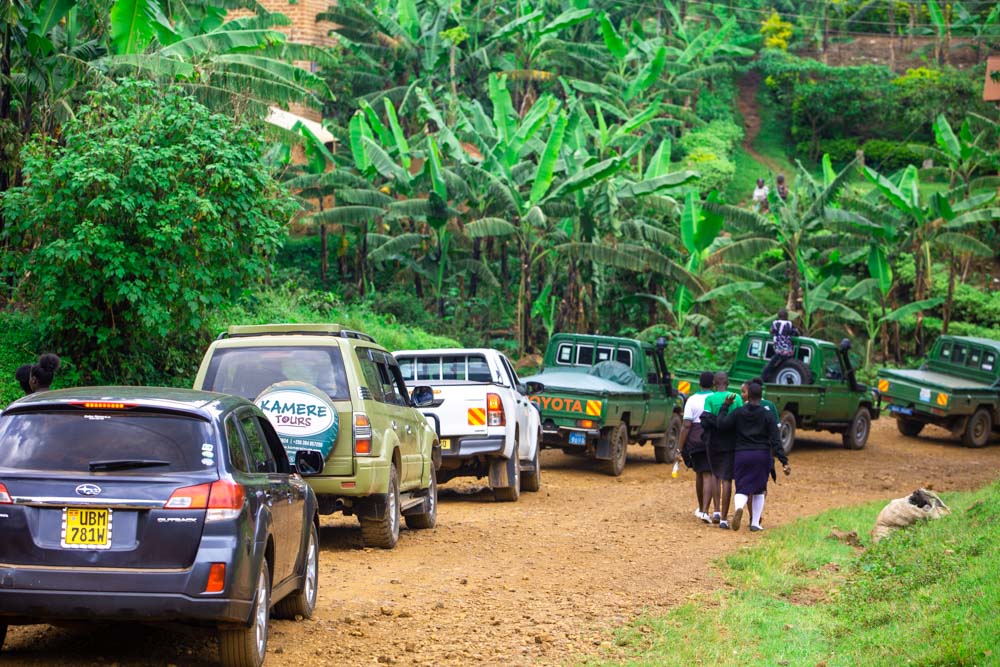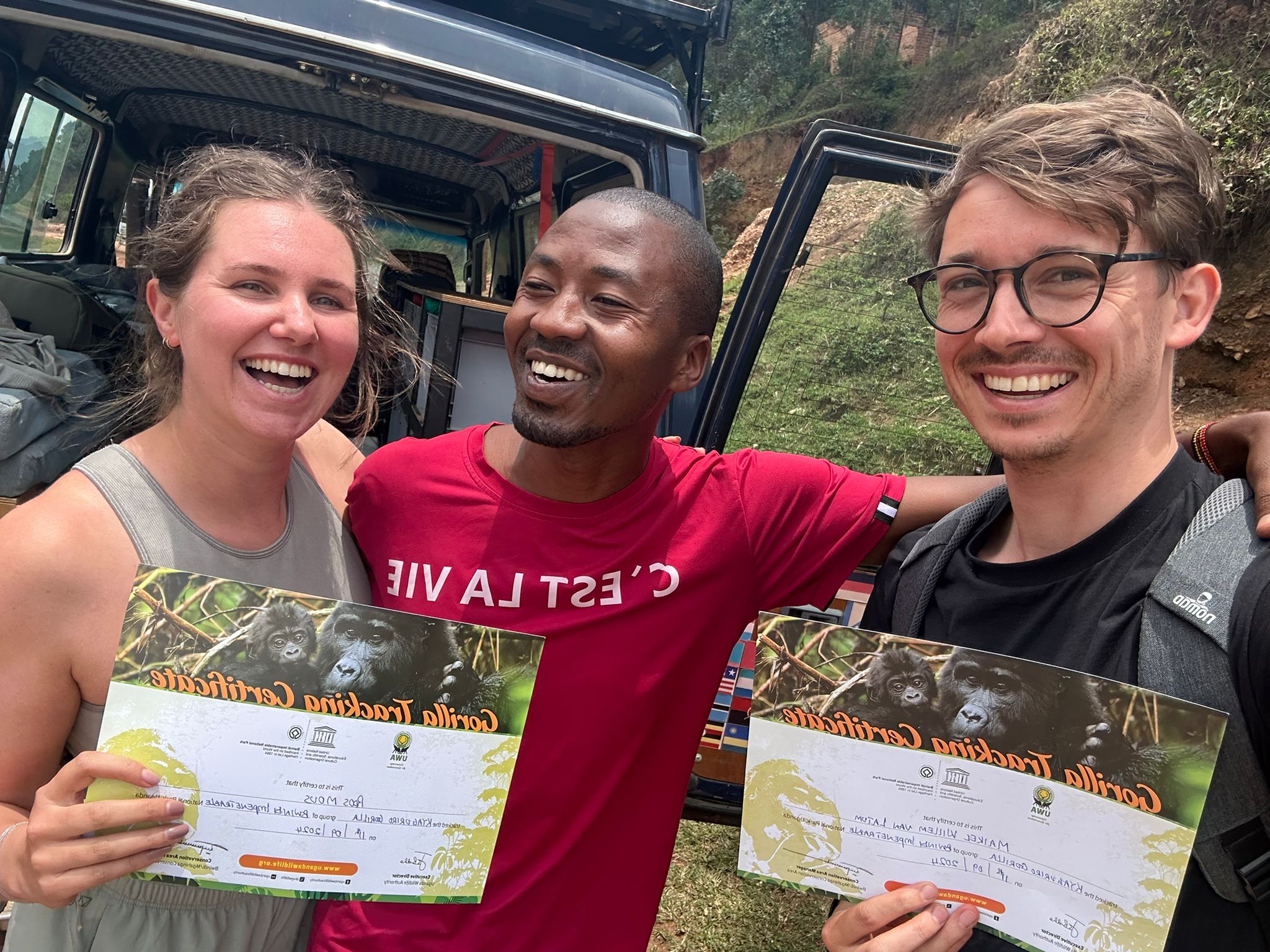How to Travel to Bwindi Impenetrable National Park In Uganda

How to Travel to Bwindi Impenetrable National Park In Uganda. Bwindi Impenetrable National Park is one of Africa’s most awe-inspiring destinations—a lush, ancient rainforest tucked into the mountainous region of southwestern Uganda. Most famously, it’s home to nearly half the world’s remaining mountain gorillas, making it a must-visit for wildlife lovers and adventurers alike. But given its remote location and challenging terrain, many travelers wonder: how exactly do you get to Bwindi?
Whether you’re planning a once-in-a-lifetime gorilla trek or combining Bwindi with a broader East African itinerary, here’s your ultimate guide on how to travel to Bwindi Impenetrable National Park in Uganda.
Where Is Bwindi?
Bwindi Impenetrable National Park is located in the Kanungu District of southwestern Uganda, near the borders of Rwanda and the Democratic Republic of the Congo. The park spans over 321 square kilometers and sits at an altitude ranging between 1,160 and 2,607 meters above sea level.
The region is mountainous and forested, which adds to its natural beauty—but also makes travel logistics slightly more complex.
Main Entry Points to Uganda
To get to Bwindi, you’ll first need to arrive in Uganda via one of the country’s international airports:
Entebbe International Airport (EBB) – The main airport near the capital, Kampala. Most international travelers fly into Entebbe.
Kajjansi Airfield – A domestic airstrip for chartered flights, located between Kampala and Entebbe.
Kisoro & Kihihi Airstrips – Domestic airstrips near Bwindi, mainly for chartered or scheduled light aircraft flights.
Option 1: By Air (Fastest & Easiest)
If you’re looking for convenience and want to skip long hours on bumpy roads, flying is your best option. Several local airlines offer scheduled or chartered flights from Entebbe International Airport or Kajjansi Airfield to Kihihi (for Buhoma and Ruhija sectors) or Kisoro (for Rushaga and Nkuringo sectors).
Flight time: Approximately 1 to 1.5 hours.
Airlines: AeroLink Uganda and Bar Aviation are the most reliable for scheduled services.
Once you land, it’s a 1 to 2-hour drive to your lodge or the gorilla tracking trailhead, depending on which sector of the park you’re visiting.
✅ Pros: Saves time, more comfortable, scenic aerial views
❌ Cons: More expensive, weather-dependent delays
Option 2: By Road (Affordable but Long)
Traveling by road is the most common method for budget travelers or those including Bwindi as part of a longer Uganda safari. The journey can be long, but it’s scenic and offers a glimpse into Uganda’s diverse countryside.
Popular road routes to Bwindi:
From Kampala/Entebbe via Mbarara – Kabale – Bwindi
Distance: 460–530 km
Travel time: 8–10 hours
Road condition: Paved for most of the way, but rough and dusty near the park
From Queen Elizabeth National Park via Ishasha sector
Distance: Approx. 160 km
Travel time: 4–5 hours
Bonus: You might spot tree-climbing lions along the way
From Kigali, Rwanda (Cross-border option)
Distance: 170–210 km (depending on crossing point)
Travel time: 4–6 hours
Note: You’ll cross the border at Cyanika (near Kisoro) or Katuna (near Kabale)
✅ : Budget-friendly, flexible stops, scenic drive
❌ : Long hours, dusty/muddy roads, risk of vehicle breakdown
Which Sector Should You Aim For?
Bwindi has four main tracking sectors, and your travel route may depend on which one you’re visiting:
Buhoma – Best accessed via Kihihi airstrip or by road through Kanungu
Ruhija – Reachable via Kabale; best for birding and a quieter experience
Rushaga – Accessible via Kisoro; offers the most gorilla families
Nkuringo – Also via Kisoro; the most physically demanding treks but very scenic
Make sure your transport and accommodation are coordinated with your permit, as switching sectors on short notice isn’t allowed.
How to Arrange Transport
There are several options for arranging transportation to Bwindi:
Self-Drive Rental Cars – Available in Kampala and Entebbe, but only recommended for experienced drivers familiar with rough African roads.
Private Driver & Vehicle – More comfortable and stress-free, often booked through tour operators.
Scheduled Tours – Many companies offer multi-day gorilla tracking packages that include transport, permits, accommodation, and meals.
Booking through a reputable local tour operator is often the easiest and safest option.
Tips for Traveling to Bwindi
Start early if traveling by road. Aim to leave by 6:00 AM to avoid driving in the dark.
Carry cash – Many areas around Bwindi have limited access to ATMs or card machines.
Pack for rough roads – Bring motion sickness pills, snacks, water, and a sense of humor.
Prepare for elevation – If you’re sensitive to altitude, give yourself a day to acclimate.
Getting to Bwindi Impenetrable National Park may not be the easiest journey you’ll ever make, but it will certainly be one of the most rewarding. Whether you fly in over rolling hills or drive through tea plantations and village trails, the path to Bwindi is part of the adventure.
And once you’re there—standing in front of a family of wild mountain gorillas in the heart of the rainforest—every mile traveled will feel more than worth it.
So pack your bags, grab your permit, and start planning your journey to one of the most magical corners of the African continent.

Request for a Quote
Start planning your adventure trip today with a professional expert available to help you 24/7. Encounter Africa on your own terms.
Inquire Now
Visa Entry
Uganda offers online visa applications, but many travelers find it easier to pay (US$100) and obtain a visa upon arrival at points like Entebbe International Airport. For travel into Rwanda and Kenya, it's recommended to apply for an East African Visa.
Read More About Visas


